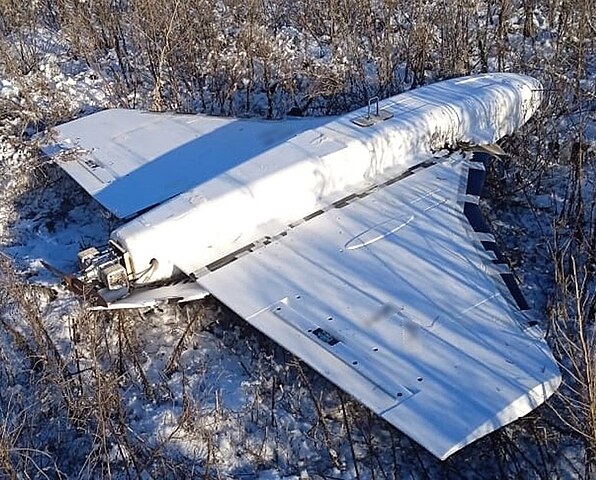Estonia is extending a fence along its border with Russia and constructing anti-tank ditches and bunkers as part of defence measures for a potential conflict with Moscow.
The Baltic state has no assurances that its actions will guard against the menacing threat it and its NATO allies face from Russian drones and electronic warfare.
Countries bordering on Russia, Belarus and Ukraine find themselves having to deal more and more with the daily realities and repercussions of Moscow’s war in Ukraine.
The incursion into Polish air space by some 20 Russian drones this month exposed how cumbersome the NATO air defence system can be, when it scrambled multi-million-dollar jet fighters to shoot down drones costing a fraction of the outlay for the fighter jets (thousands of dollars at most). Despite Moscow’s denial that it targeted Poland, Polish officials insisted the incursion was deliberate.
A group of EU defence ministers are to meet on Friday to discuss setting up a “drone wall.” Yesterday, NATO warned that it fully intended to defend against any further breaches of its airspace after Estonia said Russian fighter jets violated its airspace last week. Officials admitted that while the NATO alliance knows how to identify threats from jets and missiles, dealing with drones comes with a more complex set of challenges.
“Most of the drones in Poland were not detected,” Hanno Pevkur, Estonia’s defence minister, said. “This is a real gap we have to solve.”
Military and defence officials from Estonia, Latvia and Lithuania pointed out to the AP wire service that effectively countering attacks by drones demands mastery of a complex set of technological, financial and bureaucratic issues.
Europe needs cheaper technology to buy and to speed up its currently slow production and procurement cycles; yet drone technology is advancing so fast that whatever is procured today could be outdated in a matter of months.
Lt. General Andrus Merilo, commander of Estonia’s military, put it bluntly. The technology has to be “good enough”, “affordable”, and capable of being “produced in mass.” “I don’t need high-end capabilities of which I can fire only one, against targets which will be attacking in hundreds,” he declared.
Slow, low-flying drones made from wood, fiberglass, plastic or polystyrene might not be detected by radar systems searching for a fast-moving missile made of metal, or they might look like birds or a plane.
NATO countries need to rapidly improve their response to drone threats, according to Tomas Godliauskas, Lithuania’s Vice Minister of National Defence.
Drones have also crashed in Romania, Moldova, Lithuania and Latvia, while there have been numerous sightings of unidentified drones over military facilities and airports in Europe, including in Germany, the U.K., Norway and Denmark. Air traffic was halted for several hours on Monday at Copenhagen Airport.
The number of incidents shows Europe needs to solve its drone problem “right now,” said Colonel Māris Tūtins, Head of Information Analysis and Operations at Latvia’s Joint Forces Headquarters.
There is growing support among European leaders for establishing some drone wall along the EU’s eastern border, something the bloc declined to fund in March when Estonia and Lithuania initially proposed the idea.
The EU needs to prioritise funding for the project, said Defence Minister Pevkur. But although support for the idea is growing, actually creating a drone defence system won’t be easy.
Any plan to defend against drones needs a multilayered approach, including sensors, “electronic warfare … also low-cost small missiles or attack drones,” said Lt. Gen. Andrus Merilo.
Although the need for better drone defences isn’t new, it’s still largely only possible to buy systems that are “really expensive,” take a long time to develop and cannot be mass-produced, according to Merilo.
He suggested a reason for this might be that large defence companies, having spent decades developing billion-dollar air defence systems, might not want something new — and cheaper — on the market.
“We have to understand this game,” Merilo said, adding that some technology does exist, but “the question is who — and how fast they can start producing.”

